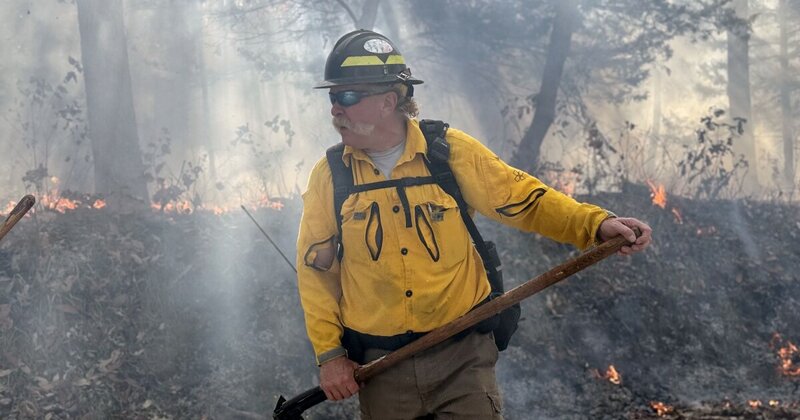A changing climate looks poised to increase wildfire conditions significantly. That would compound other growing risks, such as the aggressive spread of eastern red cedars.
A changing climate may bring many more days per year of extreme wildfire risk to Kansas, Oklahoma and Texas.
The findings from a new study also suggest people in those states should brace for more of these days at seemingly unlikely times of the year.
“Even in the winter,” said Guo Yu, an assistant research professor at the Desert Research Institute who studies precipitation and climate change. “In the future, when we have a drier and warmer winter, there’s a high probability wildfire could occur.”
Yu and his colleagues looked at the four most common North American indices that firefighting agencies use to stay alert about wildfire-prone weather.
Think of these as more advanced versions of the Smokey Bear fire danger levels that parks sometimes display, he said.
The indices pull together conditions such as wind speed and humidity relative to temperature.



 Firefighting
Firefighting Climate Change
Climate Change Research
Research


